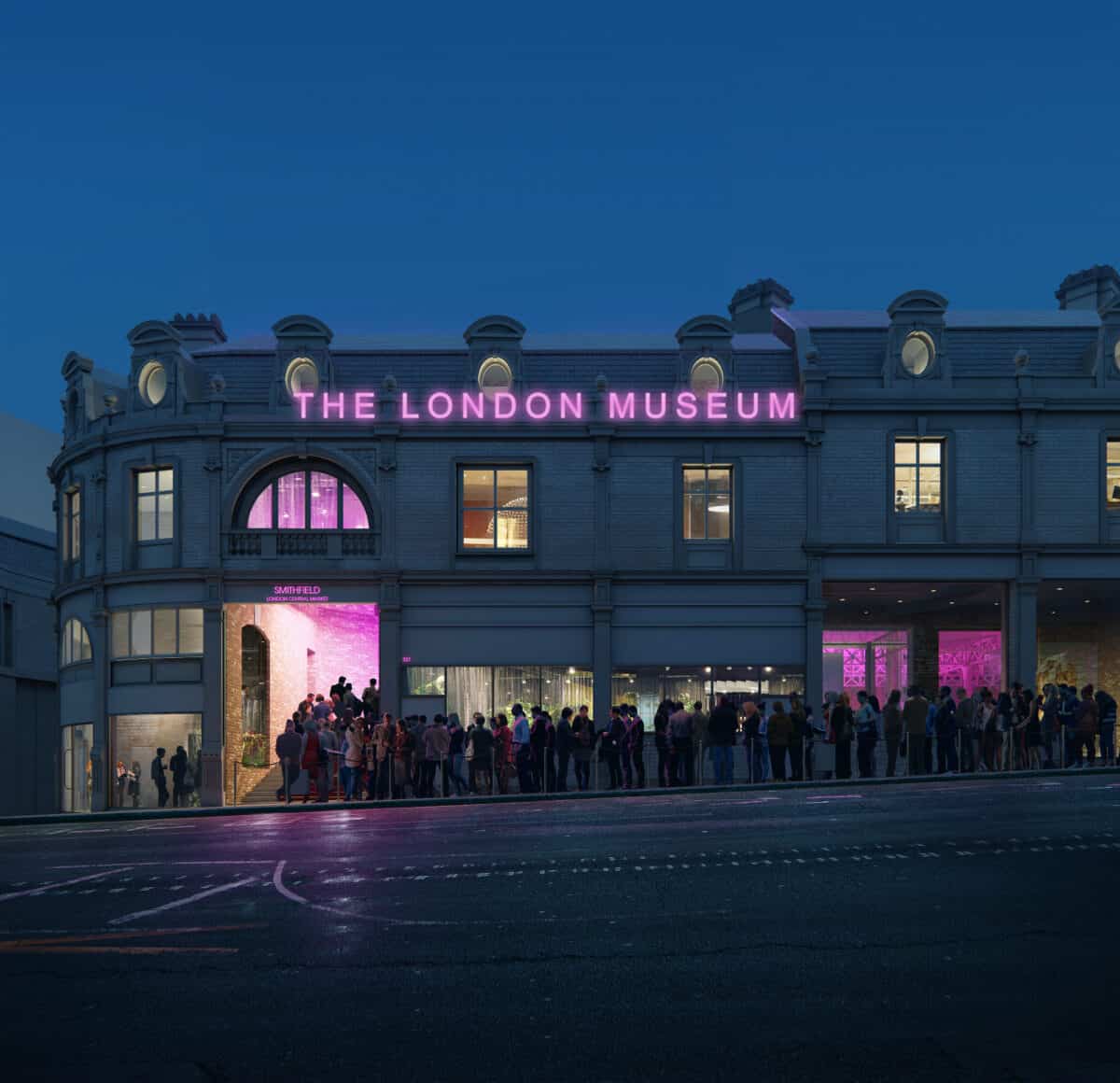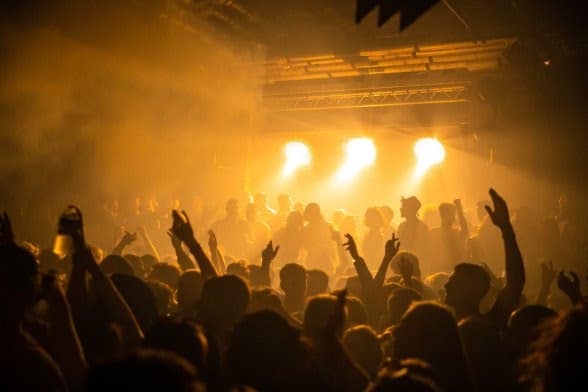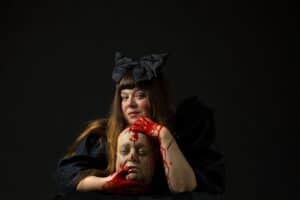The Museum of London announces today that it will transform digital access to the London Collection, making it easier for more people to engage with the museum online, bringing them closer to human stories behind the fascinating objects spanning thousands of years of history in the capital.

Developed with the support of Bloomberg Philanthropies’ Digital Accelerator for Arts and Culture, this project will see 5,000 first-hand audio-recorded stories in the museum’s collection made publicly available to search and access for the first time. This represents the largest oral history collection focussed on the people and history of London.
These personal perspectives highlight the diverse and colourful experiences that make up London. These include an interview with Edith Poulson, who was born in 1918 to a Jewish family in Vienna. Edith came to the UK in 1938 to avoid Nazi persecution and later became a teacher at the Open University.
Another account is that of Fylaktis Philippou, who worked as a barber in Briggs Gentleman’s Hairdressers in St James – a traditional shop with fixtures and fittings dating back to 1937. Fylaktis, known as Philip, worked at the barbers from 1949, and owned it from 1958 onwards. At the time of the interview, Philip was still working, alone, at the age of 84.
As well as making these extraordinary stories of London life accessible to the public, anyone visiting the museum’s website will be able to explore the London Collection in a new way. History buffs and academics will still be able to explore the Museum of London’s objects in detail, but for casual and curious browsers, the museum’s collections will be presented through a ‘stories-first’ approach – bringing to life some of the remarkable stories behind objects that might seem unremarkable at first glance.
Objects that belong to the museum’s unique collection include 350-year-old burnt bricks from the cellar floor of a shop which stood close to Thomas Farriner’s bakery on Pudding Lane where the Great Fire of London started and an innocuous-looking 17th-century hand bell that was used to warn passers-by of approaching plague corpses.
The reimagined website will allow users to explore the museum’s collections online in new and more user-friendly ways from 2024, alongside resources developed to ensure every London schoolchild has access to the stories in the collection.
Trish Thomas, Head of Digital Innovation, Museum of London, said:
As a social history museum, we are in a unique position to present our collections’ human stories first,
offering new ways in – especially for underrepresented audiences who often tell us they find museum collections stuffy and inaccessible.As we move towards the opening of our world-class new museum, we want to revolutionise our digital offer, adding new layers of interpretation, connecting online and offline journeys seamlessly and allowing users to personalise their experiences wherever possible. I am delighted that this project will enable us to bring London’s stories to life for millions more people in the capital and around the world.
The Museum of London recently closed its main site at London Wall in preparation for its move to West Smithfield, where it will reopen as The London Museum in 2026. The opening of the new museum will see the historic General Market at West Smithfield brought back to life for all Londoners to enjoy within Culture Mile, the City’s cultural district. As a result of the move to Smithfield, The London Museum will welcome millions more visitors and showcase more of The London Collection than ever before, giving Londoners and visitors to the capital the opportunity to explore London’s story.
This project was developed with the support of Bloomberg Philanthropies’ Digital Accelerator for Arts and Culture. Launched in 2021, the Digital Accelerator programme was initially designed to help arts organisations stabilise during the pandemic and now supports the long-term development of strategic priorities through improvements to technology infrastructure.







